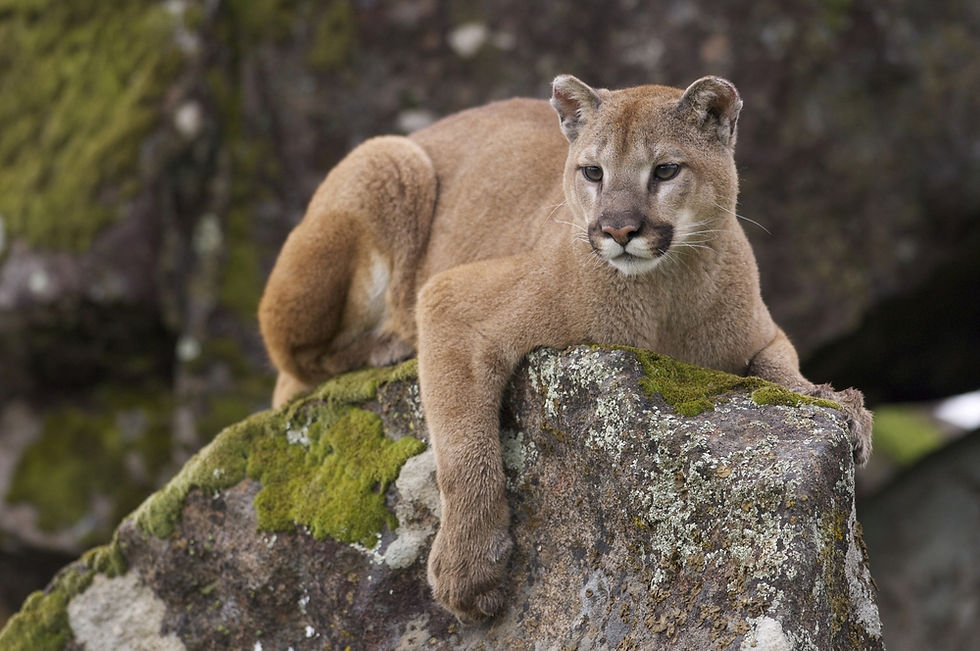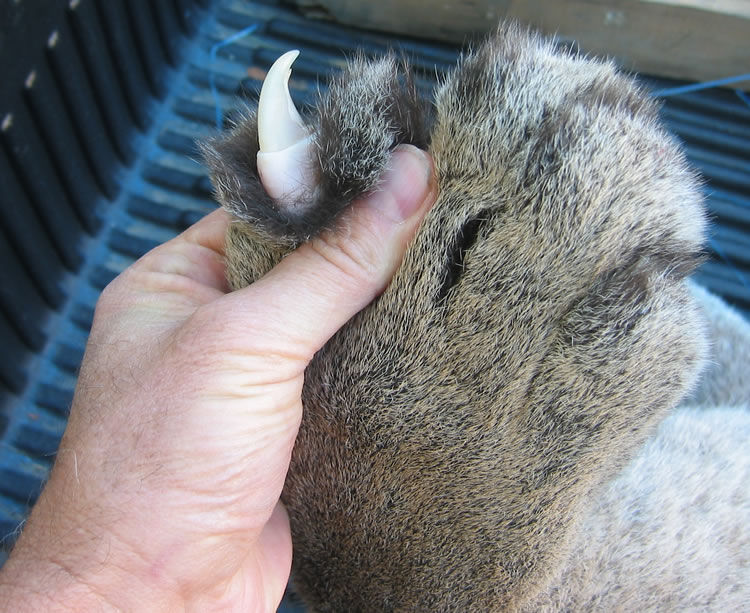
CREATURE-PEDIA
Cougar




Fun Fact
Just like domestic cats, Cougars vocalized with low pitched hisses, purrs and growls.
The cat of one color is called by many names: Mountain lion, Cougar, Puma, Catamount and even Panther, but for its many prey in the animal kingdom, it’s known by only one, “Killer”. And for good reason, the cougar is built for killing from the top of its head to the razor tips of its powerful claws, it seems nowhere in nature such violent power so elegantly embody is in this magnificent predator. Despite its size and strength, the mountain lion is not typically classified among the big cats such as lions and tigers because it can not roar, like domestic cats, mountain lions vocalize low pitched hiss, purrs and growls. But don’t expect these cats to sound like your friendly lap cat, they’re also known for their screams a treat which earned them the nickname “Mountain Screamers”. They are the fourth-largest cat, with adults stand about 24 to 35 in tall at the shoulders. Males typically weigh up to 115 to 220 lb, while females typically weigh between 64 and 141 lb. The head of the cat is round and the ears are erect. Its powerful forequarters, neck, and jaw serve to grasp and hold large prey. It has five retractable claws on its forepaws (one a dewclaw) and four on its hind paws. The larger front feet and claws are adaptations to clutching prey. Cougars have large paws and proportionally the largest hind legs in the cat family. This physique allows it great leaping and short-sprint ability. The cougar is able to leap as high as 18 feet in one bound, and as far as 40 to 45 feet for a horizontal leap. The cougar's top running speed ranges between 64 and 80 km/h (40 and 50 mph), but is best adapted for short, powerful sprints rather than long chases. It is adept at climbing, which allows it to evade canine competitors. Although it is not strongly associated with water, it can swim. The coat is typically tawny, but ranges to silvery-grey or reddish, with lighter patches on the underbody, including the jaws, chin, and throat. The cougar has the largest range of any wild land animal in the Americas. Its range spans 110 degrees of latitude, from northern Yukon in Canada to the southern Andes. Its wide distribution stems from its adaptability to virtually every habitat type: it is found in all forest types, as well as in lowland and mountainous deserts. The cougar prefers regions with dense underbrush, but can live with little vegetation in open areas. Its preferred habitats include precipitous canyons, escarpments, rim rocks, and dense brush. A successful generalist predator, the cougar will eat any animal it can catch, from insects to large ungulates (over 500 kg). Like all cats, it is an obligate carnivore, meaning it needs to feed exclusively on meat to survive. Its most important prey species are various deer species, particularly in North America; mule deer, white-tailed deer, elk and even bull moose are taken. Other species such as the bighorn and Dall's sheep, horse, fallow deer, caribou, mountain goat, coyote, pronghorn, and domestic livestock such as cattle and sheep are also primary food bases in many areas. A survey of North America research found 68% of prey items were ungulates, especially deer. Only the Florida panther showed variation, often preferring feral hogs and armadillos. Though capable of sprinting, the cougar is typically an ambush predator. It stalks through brush and trees, across ledges, or other covered spots, before delivering a powerful leap onto the back of its prey and a suffocating neck bite. The cougar is capable of breaking the neck of some of its smaller prey with a strong bite and momentum bearing the animal to the ground. Kills are generally estimated around one large ungulate every two weeks. The period shrinks for females raising young, and may be as short as one kill every three days when cubs are nearly mature around 15 months. The cat drags a kill to a preferred spot, covers it with brush, and returns to feed over a period of days. The cougar is generally reported to not be a scavenger, and rarely consumes prey it has not killed, but deer carcasses left exposed for study were scavenged by cougars in California, suggesting more opportunistic behavior. Females typically have one litter every two to three years throughout their reproductive lives, though the period can be as short as one year. Females are in estrus for about 8 days of a 23-day cycle, the gestation period is approximately 91 days. Copulation is brief but frequent. Chronic stress can result in low reproductive rates when in captivity as well as in the field. Life expectancy in the wild is reported at eight to 13 years and the World Conservation Union (IUCN) currently lists the cougar as a "least concern" species.

